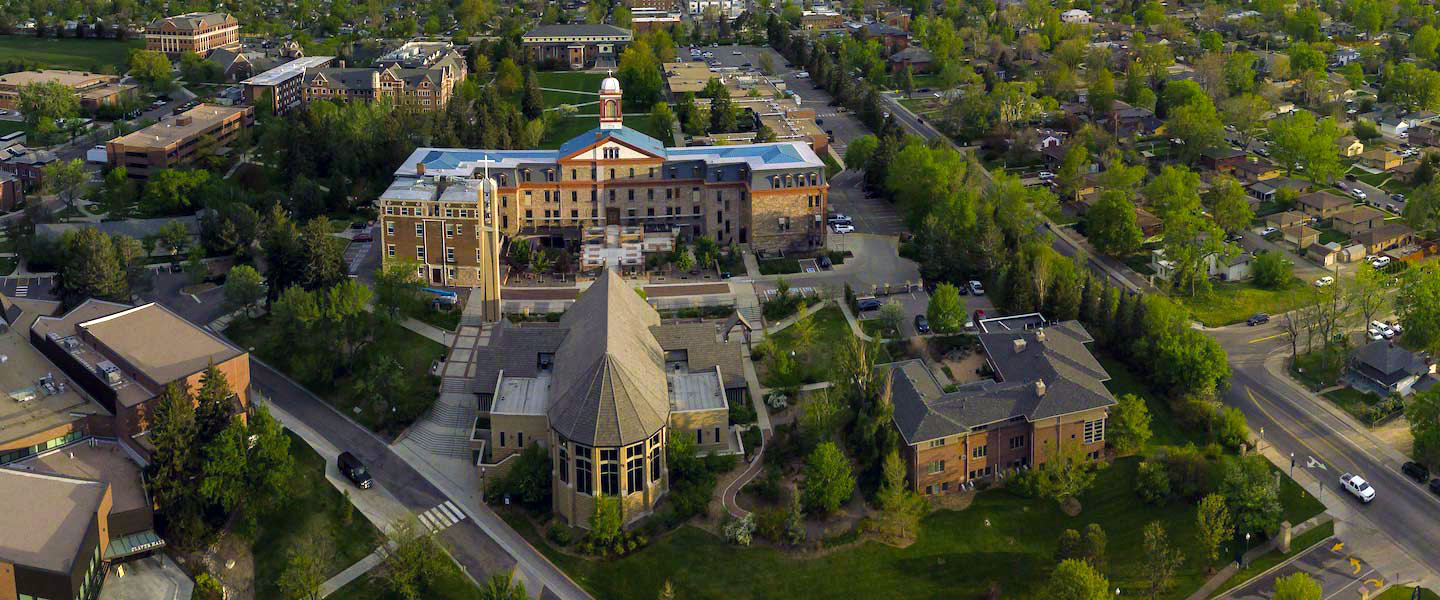It is important that you borrow responsibly. Consider your expenses and your budget, and only borrow what you need. The Consumer Financial Protection Bureau (CFPB) provides tools to help students make good decisions about student loans and to investigate any issues encountered with borrowing private and federal student loans. An online tool, the Student Debt Repayment Assistant, helps navigate student loan repayment options. Loan information is also available at consumerfinance.gov. CFPB staff can be contacted at 855.411.2372 or through the Consumer Finance website.
Federal Direct Unsubsidized Loans
What is a Federal Direct Unsubsidized Student Loan?
Graduate students who complete a Free Application for Federal Student Aid (FAFSA) may qualify for an unsubsidized loan. Unsubsidized means that interest is accruing on the borrowed loan while you are in school. Therefore, you are responsible for repaying the interest accrued from the time the unsubsidized loan is disbursed until it is paid in full.
The Federal Government limits graduate students to borrowing $20,500 annually (summer, fall and spring semesters) with a lifetime limit of $138,500. The $138,500 limit includes any federal direct loans a graduate student may have borrowed while completing their undergraduate degree.
How do I Apply for a Federal Direct Unsubsidized Loan?
Complete the following steps to apply for a Federal Direct Student Loan. Once these steps are complete, review Regis' aid disbursement process and schedule.
- Complete a FAFSA and include Regis University’s School Code (001363).
- After completing your FAFSA, you will be notified via email when your financial aid offer is available on the Ranger Portal. Under My Awards, you can accept in full, reduce or decline your student loan.
- All new loan borrowers at Regis University are required to complete Entrance Counseling and sign a Master Promissory Note.
How do I repay the Federal Direct Unsubsidized Loan?
You are not required to begin repaying the loan while you are enrolled at least half-time in your graduate degree program. Once you are no longer enrolled at least half-time (non-enrolled or graduated from your program), you have a one-time 6-month grace period before repayment begins. You can access your full loan history, your loan servicer(s) and view repayment options on the National Student Loan Database System.
There is no prepayment penalty, so you may choose to make payments on your loan while you are enrolled in school and you may choose to pay more than the required amount once your loan is in repayment.
Interest Rates
- For loans borrowed during the 2024-25 academic year: 8.08%
These interest rates are fixed for the life of the loan.
Interest begins accruing when the loan is first disbursed and continues to accrue throughout the life of the loan. You can pay the interest directly to your servicer as it accrues if you wish. If not paid, interest will be capitalized when repayment begins.
Origination Fee: A loan origination fee is proportionately deducted at the disbursement of each installment of the loan. For loans first disbursed on or after Oct. 1, 2020, and before Oct. 1, 2023, the fee is 1.057%.
Direct PLUS Loans
What is a Direct PLUS Loan?
A Direct PLUS Loan is commonly referred to as a grad PLUS loan when made to a graduate or professional student.
To receive a grad PLUS loan, you must:
- be a graduate or professional student enrolled at least half-time at an eligible school in a program leading to a graduate or professional degree or certificate;
- not have an adverse credit history (unless you meet certain additional eligibility requirements); and
- meet the general eligibility requirements for federal student aid.
If you have adverse credit history, you may still be able to borrow a Graduate PLUS Loan through one of these two options:
- Obtaining an endorser who does not have an adverse credit history. An endorser is someone who agrees to repay the grad PLUS loan if you do not repay it.
- Documenting to the satisfaction of the U.S. Department of Education that there are extenuating circumstances relating to your adverse credit history.
With either option 1 or option 2, you must complete credit counseling for PLUS loan borrowers. You may also wish to read this article to learn more about what to do if you are denied a PLUS loan based on an adverse credit history.
The maximum PLUS loan amount you can borrow is the cost of attendance (determined by the school) minus any other financial assistance you receive.
How do I apply for a Direct PLUS Loan?
Use the online application to apply for a grad PLUS loan.
How do I repay a Direct PLUS Loan?
There are several repayment options available that are designed to meet the individual needs of borrowers, including income-driven repayment plans that determine your monthly payment amount based on your income and family size. Your loan servicer can help you understand which repayment options are available to you. Generally, you’ll have 10 to 25 years to repay your loan, depending on the repayment plan that you choose. Learn about your repayment options.
Interest rate: For Direct PLUS Loans first disbursed on or after July 1, 2024, and before July 1, 2025, the interest rate is 9.08%.
Origination fee: the current origination fee is 4.228%. You may also refer to studentaid.gov for the most recent origination fee information.
Other Loans

